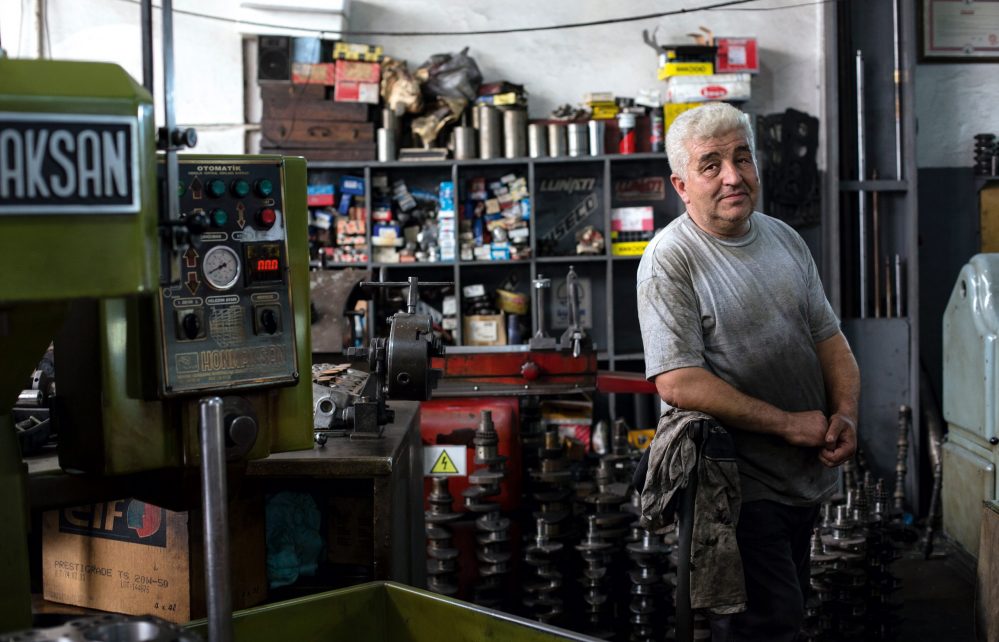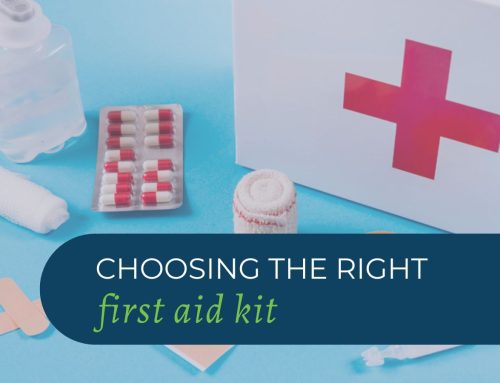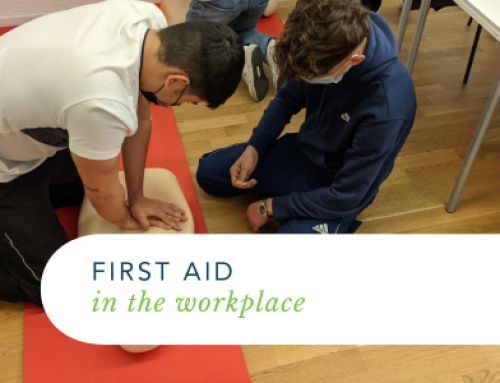Defined as privately owned corporations, partnerships, or sole proprietorships that employs fewer than 20 people and/or acquire less annual revenue than a regular-sized business or corporation. Small business owners have a vital role to play when it comes to safety. When workers are aware that their employer places high importance on safety, they are more likely to follow safety procedures and raise concerns about risks.
To minimize the impact of emergencies on employees, property, and operations, businesses need to invest in emergency management and preparedness. This includes creating an emergency plan, identifying priorities, training employees, and reviewing the recovery strategies. If a small business prepares for emergencies and how they will manage, not only will the business be in a better position to recover, but it will also help the staff recover faster.
Outlined below are the key aspects to consider:
- Identifying risks – Knowing what hazards could potentially occur causing problems and injuries to staff, customers and even visitors. Hazards include natural disasters, the technology being used, human error and the ergonomics of the facility.
- Financial risks – Insurances can be an out of pocket financial expense but from a long-term perspective, it can reduce the impact on productivity and profit. Getting comprehensive coverage and knowing what policies best suit the business can save you from emergency expenses. You should seek the advice of a professional financial planner to assist in this regard.
- Site Specific Emergency Plan – A system for alerting employees about emergencies
and communicating with emergency services during a disaster or emergency. Identify essential functions and staff to carry out these procedures along with regular drills and training sessions to enhance the effectiveness of the plans.
- Commit to Safety – Businesses of all sizes should have a person or team responsible for business continuity planning. In a small company, this will be the owner or other designated person or subject expert. Fire safety equipment and first aid kits are part of the essential safety equipment.
The true test of an emergency plan will be not only be surviving the emergency but thriving during the recovery. Reviewing the plan on a regular basis along with testing the procedures will further improve procedures and business continuity.
For peace of mind that your workplace emergency management procedures and plans are more than sufficient, and that safety training is carried out in the most effective way possible, contact our friendly team today at 02-888-1694.
GET IN TOUCH
Are you ready for peace of mind that your workforce is as safe and prepared as possible?
With a dedicated team of staff ready to help you meet compliance requirements and improve the overall safety of your workplace, all you need to do is get in touch.
Request your free audit today!




